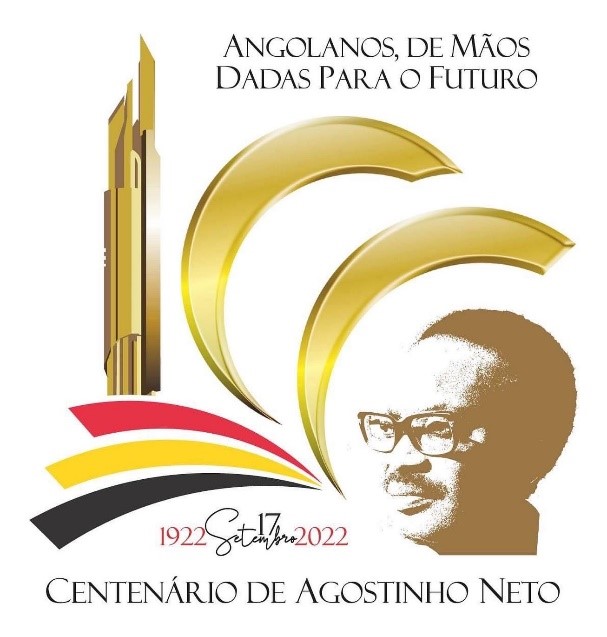Agriculture
Angola has agricultural raw materials that can contribute to foreign exchange inflow into the country. Coffee, cotton, sisal and sugar, among others, constitute an untapped potential.
Agriculture is still, in fact, the economic basis of the country, but the industry must be the engine of development and economic change in the direction of Angola, a country with undeveloped natural resource potential.
Agriculture provides a living for between 60 and 75% 60 of the Angolan population. According to the Portuguese Industrial Association’s (AIP) Guide, agricultural production has been widely reduced. It is estimated that agricultural production decreased by 3% in 1990 compared to 1989. Angola has important resources, particularly ebony, sandalwood, and rosewood, as well as eucalyptus and pine plantations.
Currently, most wood production is for domestic consumption. The great difficulty in agriculture development at the moment is due to an excess of mines placed in the soil during the war, particularly after 1992, with the rekindling of the conflict following UNITA’s rejection of the electoral results.
Angola, with a population of ten million people, is estimated to have 15 million mines have been placed on arable land.





